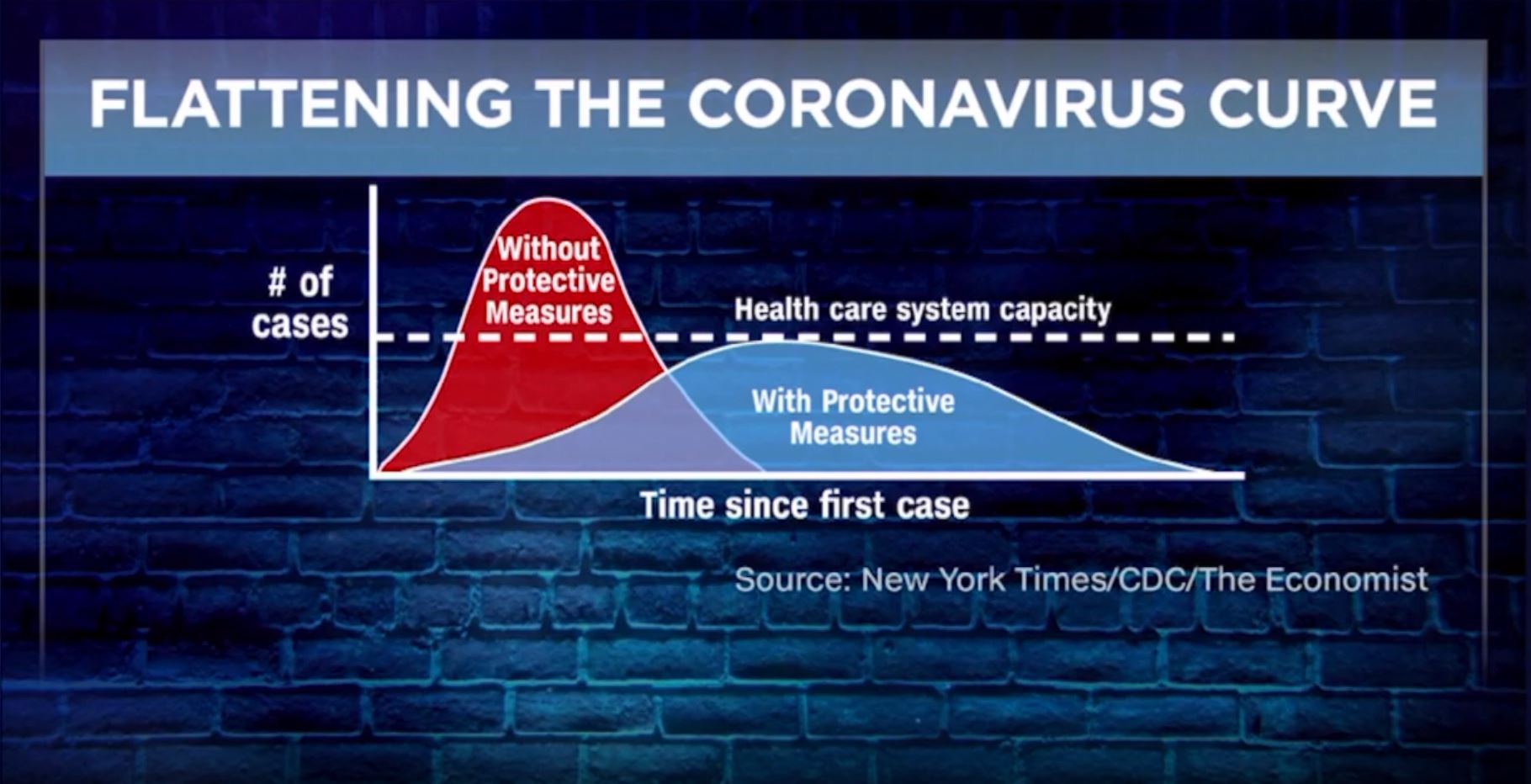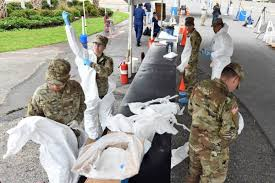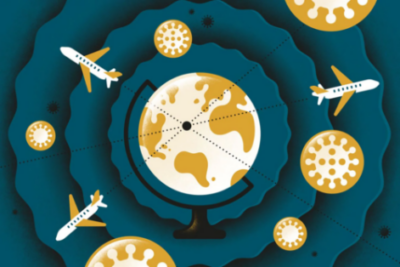The novel coronavirus, also known as COVID-19, has taken a massive toll on travel plans throughout the world. With the outbreak of COVID-19 beginning in December of 2019, we have seen more and more countries act regarding how travel is conducted. Many countries have had to place strict travel bans preventing movement into the country, whether it be by means of entering via plane or even cruise ships. More and more restrictions are being implemented each day.
COVID-19 & the United States
As of March 31, 2020, the U.S. Department of State on Travel.State.Gov issued a Global Level 4 Health Advisory. A Level 4 global health advisory gives the advisory: Do Not Travel. The Department of State advises citizens of the U.S to avoid all international travel due to the impact of COVID-19 around the globe. The United States is urging its U.S. citizens currently abroad to return home to the United States if there are flight options available. The United States is exhausting all measures to get its citizens overseas back to the U.S safely by working with commercial airlines or arranging evacuation flights. With each passing day, however, more and more airlines are reducing their number of scheduled flights, posing great difficulty for U.S. citizens that have been abroad amid the COVID-19 situation to return safely and as quickly as possible. There are some who may wish to not return just yet and with the strict travel guidelines and bans changing constantly, U.S. citizens should prepare to remain where they are for the foreseeable future.

According to the Center for Disease Control, there has been a total number of 213,144 cases reported. The number of reported cases is updated daily to reflect the most current and accurate information. Currently, only 1,144 of those cases are travel-related leaving well over 200,000 cases from either close contact are still under investigation. While the United States does not have restrictions on entry to the United States for most outside countries, there are restrictions for several European countries to include the United Kingdom, Iran, and China for entry to the United States. U.S. citizens are not under forced restrictions, most guidelines set in place are merely advisories or suggestions. However, over 50% of the United States has issued a stay-at-home order. Some extending through mid-April to the end of the month. These stay-at-home orders are not being enforced by law enforcement at this time, however, local and state governments are urging its residents to not leave their homes unless it is essential. Essential activities include going to the grocery store, attending doctor appointments if deemed necessary by the healthcare provider, going to work as deemed essential. Each state varies in stay-at-home orders and guidelines, please refer to your local and state government’s jurisdiction regarding what is implemented.

China and COVID-19
In addition to the travel restrictions and limitations within the United States, countries throughout the world have their own precautions and restrictions set in place. There have been border closures, entry and exit bans, restrictions placed on visas and flight suspensions as well. China is one of the biggest countries to have been affected by the COVID-19 situation. China is the epicenter of the virus and has affected both, internally and externally in light of travel. As of March 28, 2020, China chose to suspend the entry of most foreign nationals. Travelers with most visas or permits will not be allowed entry. Only those holding a diplomatic, services courtesy or C visa and new visas successfully applied for from Chinese embassies or consulates. Many provinces and cities with China require mandatory in-home or centralized quarantine. While China has been blocking its borders to prevent cases from being imported from outside regions, China is beginning to relax travel restrictions from within its borders. The city of Wuhan, where the now pandemic began is finally lifting a two-month lockdown. Gradually metro services and stores are beginning to function and provisionally the borders of Wuhan are set to be opened on April 8, 2020. There is a fear though that when lifting these restrictions there is a chance of the virus spreading from asymptomatic individuals. It causes a great threat to resuming regular daily lives and functions. One-way China is battling the chance for the spread is by identifying individuals with colored health codes. These colored health codes will indicate a clean bill of health and are not a threat to spreading the virus.

COVID-19 and European Union
European countries have taken a major hit during the COVID-19 crisis. European Union leaders announced on March 17, 2020, they were to close off at least 26 countries to all visitors for at minimum 30 days. While citizens of the EU, permanent residents, and medical professionals are exempt, some countries were suggesting those returning to their homes to self-quarantine for two weeks. One country that has been affected the most is Italy. The Italian Government has gone to great lengths to limit the transmission of the virus. These measures include restricting movement in the region of Lombardy. At present, it has been reported that about 60 percent of deaths reported globally have come from these European countries: Italy, Spain, France, and Britain. Although numbers of positive cases in these European countries have been daunting, it is being reported that there are signs of improvement in the coronavirus situation. Numbers of confirmed cases, hospitalizations and deaths do remain high; however, they are beginning to stabilize. While these signs are positive they still need to be taken with a word of caution, the coronavirus situation is still of great prominence and is ever-present with countries throughout but these indications are proving that the lengths taken both nationally and at local levels are starting to pay off.
Implications on the U.S. Military
In addition to countries and states being affected by travel restrictions, military movements are also being brought to a halt. While many states within the United States have chosen to activate their National Guard units in order to provide aid and relief, the Defense Secretary Mark Esper has issued a stop on movement orders for U.S. military travel and movement abroad for up to 60 days. The order to stop movement illustrates the increasing concern to the rapid spread of COVID-19, which has already infected 569 U.S. troops, representing a 67 percent jump in cases. This brings the infection rate of service members to 438 per million, compared to the general 375 per million infection rates. With infection rates climbing and more military exercise and movements being canceled, it is constantly being acknowledged the effect the coronavirus pandemic could have on military readiness if a conflict or crisis to arise. It should also be noted that despite the increasing presence of National Guard members should not be seen as a serious threat. The purpose behind the National Guard members being mobilized is to provide aid and relief and support throughout the COVID-19 crisis.


Overall
Following the guidelines and precautions put forth but governing officials and the Center for Disease Control can and will lead to reducing the number of infected individuals and allows for the proper channels to come up with a vaccine. Always remember to wash your hands, limit contact with people outside of the home, if you are sick it is imperative to stay home until you are well. If you do being to exhibit symptoms related to COVID-19 please alert local health officials and follow their directions on seeking treatment. We will get through the present crisis and before we know it we will start to return to a normal way of life. For now, stay healthy and stay safe.

Sources:
https://travel.state.gov/content/travel/en/traveladvisories/traveladvisories.html/
https://www.cnn.com/2020/03/23/us/coronavirus-which-states-stay-at-home-order-trnd/index.html
https://www.cdc.gov/coronavirus/2019-ncov/travelers/travel-in-the-us.html
https://www.cdc.gov/coronavirus/2019-ncov/travelers/map-and-travel-notices.html
https://www.china-briefing.com/news/chinas-travel-restrictions-due-to-covid-19-an-explainer/
